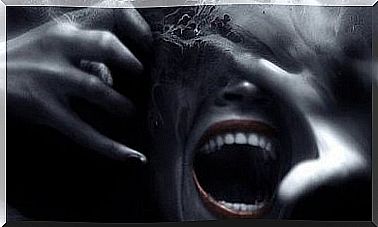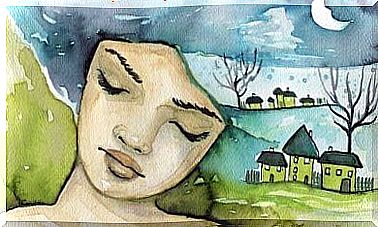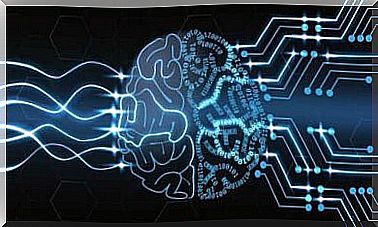What Is Psychosis? What Are The Causes And How Do You Treat It?

We can broadly define psychosis as: “a mental disorder in which mental functioning is impaired to the extent that it largely interferes with the patient’s ability to cope with the ordinary difficulties of life.” (KMLE Medical Dictionary)
When you look at this definition, you may think of certain conditions that can cause psychosis or psychotic symptoms. These range from schizophrenia, schizotypal personality disorder, psychotic disorders due to medication or drugs, and psychotic disorders with other medical causes.
What is psychosis?
Schizophrenia spectrum disorders and other psychotic disorders are defined by abnormalities in one or more of the following five areas: delusions, hallucinations, confused thought (speech), confused or abnormal motor function (including catatonia), and negative symptoms. This is according to the DSM-V. Now let’s look at the features of these symptoms of psychosis.
Delusions
Delusions are strong beliefs that are not susceptible to change, even when confronted with undeniable evidence that refutes them. They can vary widely in subject matter (they can be religious, or megalomania, and so on).
This may be an exaggerated simplification, but we could also call them “made-up stories” that sick people have. But these people don’t know they’re made up. So the person expresses what he thinks is really. He also acts according to this story, even if it does not correspond to reality.
If the delusions are clearly unrealistic and incomprehensible and do not arise from current life experiences, then we consider them eccentric.
- An example of an exceptional delusion is the belief that an external force has taken a person’s internal organs and replaced them with someone else’s organs, leaving no wounds or scars.
- An example of a not-exceptional delusion is a person’s belief that he is being followed by the police, even though there is no convincing evidence of this.
Hallucinations
Hallucinations are perceptions that occur without an external stimulus. They are lively and clear and they have all the power and influence of normal perception. But the person concerned cannot control them of his own free will. They can occur in any sense. But auditory hallucinations are most common in schizophrenia and other similar disorders.
According to the DSM-V, people most often experience auditory hallucinations in the form of familiar or unfamiliar voices. They perceive it as if they were acting outside their own thoughts. There are also tactile and visual hallucinations and olfactory hallucinations.
Confused thought (speech)
Confused thought (fallacies) can usually be found in a person’s speech or way of speaking. It is very difficult to maintain a conversation with some people with psychosis. Because they can suddenly change the subject. They can also answer questions we never asked. And their speech can be so confused that it is almost impossible to understand them.
Very confused behavior or abnormal motor function (including catatonia)
Very confused behavior or abnormal motor functioning can manifest itself in a variety of ways, from childish “foolishness” to unpredictable restlessness. A person may have a hard time completing a task and sticking to a specific goal. So they will have trouble doing everyday things.
Catatonic behavior occurs as a marked decrease in a person’s ability to respond to their environment. These are possible ways it appears:
- a resistance to follow orders
- a rigid, inappropriate or exceptional attitude
- a total absence of verbal or motor responses
Other features include:
- stereotypical repetitive movements
- stare
- grimacing
- don’t speak at all
- echolalia (the repetition of words or syllables)
Negative Symptoms
Two negative symptoms that are particularly prominent in schizophrenia are reduced emotional expression and apathy. First, this decrease means that a person will show their feelings less through facial expressions, eye contact, tone of voice and movements of the hands, head and face that usually accompany our speech.
Second, there may be apathy. That is a reduction in the activities someone does out of personal initiative or for a specific purpose. The person may sit for long periods of time and show little interest in participating in work or social activities.
What causes psychosis?
This is a difficult question to answer. Because there is not one cause but actually an extensive number of factors or causes of psychosis. So we will try to answer this question by looking at the different “diseases” that can cause psychotic symptoms.
Schizophrenia
Genetic factors play an important role in the risk of developing schizophrenia. This is true, even though most people who are diagnosed with schizophrenia have no family history of psychosis.
Other factors are also associated with a higher risk of schizophrenia. For example, it may be related to pregnancy and birth complications associated with hypoxia (oxygen deficiency) and the woman’s older age. In addition, certain negative situations during pregnancy can also affect this. Examples include stress, infection, malnutrition, gestational diabetes, and other medical conditions.
Birth season has also been linked to a higher incidence of schizophrenia. For example, in some places it is the end of winter, in others it is the beginning of spring. The occurrence of schizophrenia and related disorders is also more common in children growing up in an urban environment. This also applies to some ethnic minorities.
Schizoaffective Disorder
This disorder is defined as a continuous period of illness that includes an episode of a major emotional state (mania or depression major), delusions, hallucinations, confused speech, very confused behavior, or negative symptoms.
Families who have close contact with people who have schizophrenia, bipolar disorder, or schizoaffective disorder may be at greater risk for schizoaffective disorder.
A short-lived psychotic disorder
The risk factors for this disorder consist of pre-existing personality disorders and characteristics. Examples include schizotypal personality disorder, borderline personality disorder or specific characteristics such as suspicion. A short-lived psychotic disorder often occurs after a stressful event. But that doesn’t mean that all stressful events lead to a short-lived psychotic disorder.
Other psychotic disorders
In general we can say that a psychosis will not develop in a person if the necessary risk factors are not present. The main risk factor is biological. The trigger is often a very stressful situation in a person’s life. It can also be the result of drug use.
Not all psychotic episodes are the result of drug use, but it does increase the risk. Certain drugs, such as cannabis, can trigger a psychotic episode. People who have already experienced an episode are very sensitive to the harmful effects of drugs, especially if their previous episode was related to drug use.
A lot of research is being carried out into the possible causes. We cannot say for sure what the precise mechanisms are that cause these symptoms to occur and develop. The stress-vulnerability model is the most accepted conclusion from recent research.
According to this model, a person with psychotic symptoms is more vulnerable to the disease than other people. This could be due to a biological factor or to an event in their life.
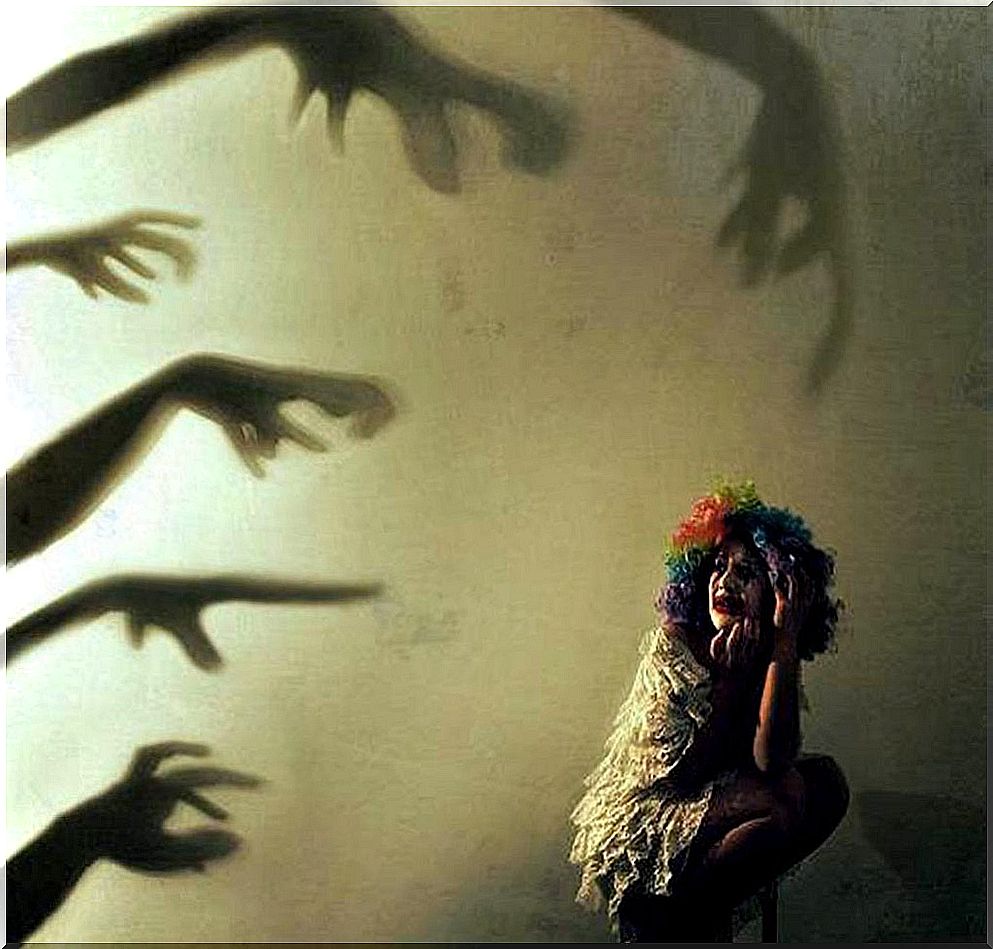
The treatment of psychosis
The treatment plan for a psychotic disorder should be multidisciplinary and well coordinated, as the therapy is usually carried out by several experts. These are recommendations for an appropriate therapeutic plan:
- First, evaluation and diagnosis of symptoms.
- Then develop a treatment plan. The preferred method of treatment is pharmaceutical. But this can also be supported with psychological therapy. This has a greater influence on negative symptoms, on psychosocial functioning, on cognitive functions and specifically on a person’s quality of life.
- Finding a suitable doctor-patient or psychologist-patient relationship where the practitioner takes an active role in the treatment.
- Inform the patient and their relatives about the condition.
- Treatment of other chronic diseases.
- Therapy to support the patient’s social functioning.
- Integration of the patient’s different treatments.
- Information about the treatments being performed.
Pharmaceutical Treatment
Medication is always the preferred method of treatment for patients with psychosis. But this treatment is most effective when combined with psychological therapy.
The medications prescribed for these patients are antipsychotics and neuroleptics. In addition, anxiolytics and antidepressants are often prescribed, with the ultimate goal of treating the symptoms of anxiety and/or depression.
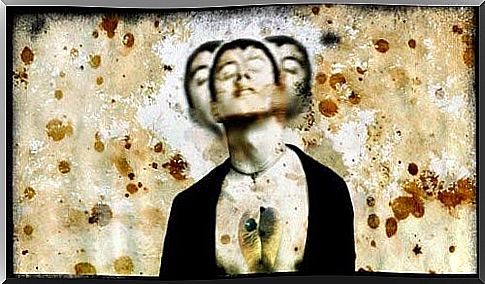
Psychological treatments
Psychoeducation in Family Therapy
Family therapy is fundamental. Because the family needs to understand the symptoms so that they can manage them properly. These are some goals of psychoeducation:
- give a good explanation about the disorder
- lighten the burden on the family
- encourage a warm family atmosphere
- improve communication
Social skills training
Most people with psychosis lack social skills. This contributes to new seizures and worse symptoms on top of the very low level of social functioning. For example, a therapist will work on the following aspects:
- gestures
- verbal abilities
- tone and rhythm of the language
- attitude
- expression
- emotional and social expression
Integrated Psychological Therapy (IPT) by Roder and Brenner (2007)
IPT is a behavioral therapy program for schizophrenia. It is group therapy (5-7 patients) and takes place three times a week for at least three months. There are five modules. They include cognitive rehabilitation (cognitive differentiation, social perception and verbal communication). In addition, it includes training in social competence (the training focuses on social skills and interpersonal problem solving).
In conclusion, we would like to mention again that the treatment of psychotic disorders usually consists of medication supported by psychological therapy to increase its effectiveness. Pharmaceutical treatment is very important as it helps with the symptoms and restores balance in a person. Actually, the medication promotes the conditions that will make the psychological therapy work.
Bibliography
American Psychiatry Association. Diagnostic and Statistical Manual of Mental Disorders (DSM-5), 5th Ed. Arlington, VA: American Psychiatric Association, 2013.

